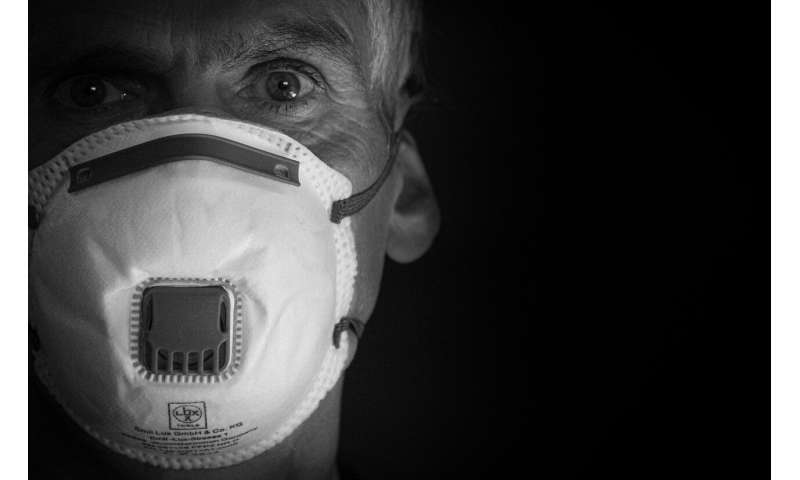Heating could be the best way to disinfect N95 masks for reuse

Since the outbreak of the COVID-19 pandemic, N95 face masks have been in short supply. Health care workers, in particular, desperately need these masks to protect themselves from the respiratory droplets of infected patients. But because of the shortage, many have to wear the same mask repeatedly. Now, researchers reporting in ACS Nano have tested several methods for disinfecting N95 materials, finding that heating them preserves their filtration efficiency for 50 cycles of disinfection.
N95 masks contain a layer of “meltblown” polypropylene fibers that form a porous, breathable network. To help capture smaller particles that could slip through the holes, the fibers are electrostatically charged. The U.S. Centers for Disease Control and Prevention has recommended several methods for disinfecting N95 masks, such as heating, ultraviolet (UV) radiation and bleach treatment, but so far they have not been tested extensively, especially for multiple rounds of disinfection. Yi Cui and colleagues wanted to compare five of the methods that could reasonably be used within a hospital setting to see how mask materials hold up to repeated disinfections.
In this study, instead of analyzing N95 masks—which should be reserved for health care workers—the researchers examined pieces of the meltblown fabric used to make these masks. They treated the material with a particular disinfectant and compared its ability to filter aerosol particles (resembling respiratory droplets, but lacking coronavirus) before and after disinfection. The team found that spraying the fabric with an ethanol or chlorine bleach solution drastically reduced the filtration efficiency after only one treatment, from about 96% to 56% (ethanol) or 73% (bleach).
Source: Read Full Article
